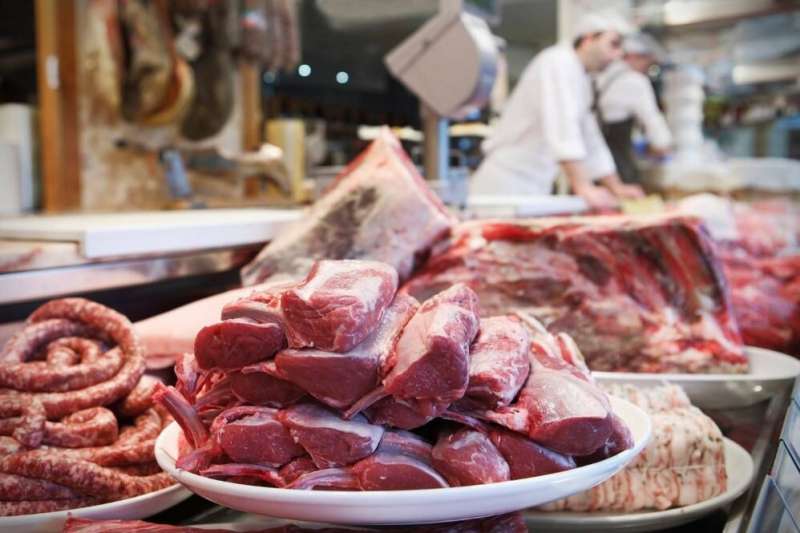Using new tech to identify the cause of an old phenomenon in meat tenderness
10 ก.ค. 66

When you bite into a juicy steak, tough isn't what you're looking for. There's a lot of science behind the spectrum from tough to tender.
Chaoyu Zhai, assistant professor of animal science in the College of Agriculture, Health and Natural Resources, recently published a paper in the Journal of Agricultural and Food Chemistry using machine learning algorithms to explain how the activity of an enzyme responsible for meat tenderness is modified on the molecular level. This is the first study to do so in the field of meat science. An enzyme called calpain, specifically calpain-1, is known as the "meat tenderization enzyme." Calpain-1 cuts other proteins in the meat and makes these protein fragments more water-soluble. Having more fragmented protein molecules in meat makes it more tender.
While scientists have known about calpain-1's role in meat tenderness since the 1990s, they did not know much about how it can be modified. "Protein modification is like a person wearing different clothes every day," Zhai says. "It's still the same 'person' but depending on the outfit, it may be better prepared to tackle different jobs." Scientists noticed that when meat is packaged with a higher concentration of oxygen, which helps preserve color, the meat was tougher, but they didn't know why. Zhai and his collaborators discovered that the presence of compounds known as lipid peroxidation products can modify calpain-1 activity, explaining this mystery. "We provided a new explanation for something we see a lot," Zhai says. "By studying this, we help other researchers understand similar events." Lipid peroxidation occurs when lipids—such as cell membranes and fatty acids—are exposed to oxygen. Free radicals "steal" electrons from lipids in cell membranes, causing cell damage. For example, lipid peroxidation occurs as perishable food gets older, causing it to degrade and smell.
In this paper, Zhai focused on three lipid peroxidation products: malondialdehyde (MDA), hexenal, and 4-hydroxynonenal (HNE), which have been previously identified in meat. These compounds have three, six, and nine carbons, respectively. The more carbon molecules a compound has, the more hydrophobic, or water repelling, they tend to be. This means that these compounds likely inhibit calpain activity at different levels. "When the carbon chain number increases, those compounds tend to be more hydrophobic," Zhai says. "They will potentially cause more functional changes to the protein." Zhai worked with Steven M. Lonergan and Elisabeth J. Huff-Lonergan, two experts on calpains from Iowa State University. The research team used artificial intelligence algorithms to understand structural changes corresponding to functional changes in the protein. Normally, to determine the 3D structure of a protein, scientists will freeze it and quickly capture an X-Ray image. Machine learning algorithms allow researchers to simply input a protein sequence and determine its structure, a much quicker and less expensive process. "By using these algorithms, we're able to understand our results more effectively and allow us to better interpret it," Zhai says. .....
แหล่งที่มา
Phys.org
แท็ก



